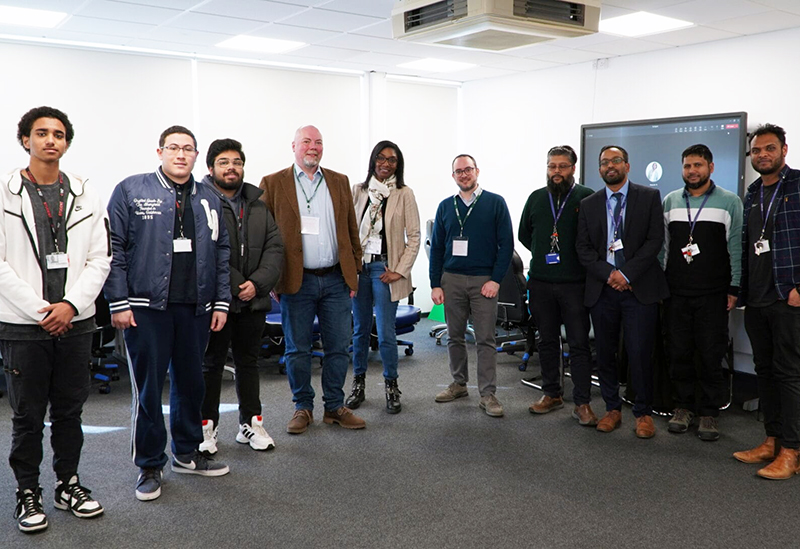Speech: Ofsted’s Chief Inspector writes about safety culture in schools
Amanda Spielman encourages school leaders to make decisions based on their experienced judgement.
In the run up to the summer holidays, the streets around Ofsted’s offices were awash with eager young children on school trips. Like scores of children before them, they came into London to learn about their nation’s capital. What marked these children out from the generations that preceded them were the hi-vis jackets they were sporting, now standard issue for many school trips, like troupes of tiny construction workers – minus the hard hats.
Now, I understand why schools might find it convenient to spot their pupils easily, but the message these jackets send about youngsters being at risk makes me uncomfortable and more than a little sad. Children around the country walk to school every day without hi-vis jackets. Why do they suddenly need them on a trip to the library, zoo or museum? And surely if every child in the street is wearing one they are less useful than a school uniform for keeping track of a group?
These jackets are just one of the more visible examples of good intentions creating an unnecessarily risk-averse culture which does nothing for children’s development and learning. The Health and Safety Executive (HSE) does sterling work reviewing strange decisions made supposedly in the name of health and safety by over-protective schools. One school profiled by their “myth busters” panel was so fearful of the dangers of air-filled balloons at an event that they insisted they were all burst and thrown away. Another primary school cancelled its sports day because of that grave menace, “dew on the grass”.
That strikes me as simply barmy. Schoolchildren have been sliding around on muddy fields for centuries, yet in this case they missed out on the end of term fun (and exercise) of sports day because of an overzealous approach to health and safety.
Of course we need proper attention to safeguarding and to genuine health and safety risks. There are rules and processes that the Government rightly insists be followed. No one is suggesting ignoring fire safety or background checks on staff. But over the years an over-cautious culture has developed in our schools, one that too often tries to wrap children in cotton wool.
It is, I am sad to say, a culture that deprives children of rewarding experiences, of the opportunity to develop resilience and grit, and which makes it hard for them to learn to cope with normal everyday risk. It’s also undoubtedly a major factor in the growth of childhood inactivity, as children are deterred from more vigorous outdoor exercise in favour of “safer” indoor activity.
Being honest, I have to admit that Ofsted hasn’t always got this right. We know inspection has sometimes seemed too much about tickboxes and worrying about things like the proper height of school fences. Making sure children are safe at school is, of course, an important part of our work, but I want to be sure we look at the right things in the right way, without going overboard. I want Ofsted to make sure that schools are properly focusing on pupil safety, but that it doesn’t come at the expense of opportunities to broaden and enrich young minds.
That is why new training later this summer will remind inspectors what safeguarding is really about. It will ask them to focus on what schools are doing to identify children potentially at risk of real harm; how these children are being helped; and how they manage accusations and other serious problems with staff.
We want school leaders to make decisions based on their experienced judgement, rather than feeling the need to invent and then conform to overly prescriptive policies. This isn’t just because we think a too-cautious approach to health and safety limits young people’s experiences, but also because it can obscure real safety issues. Every minute spent enforcing a ban on conkers and yo-yos is a minute away from tackling the multitude of real issues we know schools face.
So my message to schools is this: keeping children safe from harm should always be your overriding concern, but in doing so, make sure you distinguish between real and imagined risk. Trying to insulate your pupils from every bump, germ or bruise won’t just drive you to distraction, it will short-change those pupils as well – limiting their opportunity to fully take advantage of the freedom of childhood, and to explore the world around them.
I look forward to seeing more eager young faces on school trips after September. I just hope fewer of them will be auditioning for Bob the Builder.
This article was first published in the Sunday Telegraph on 6 August 2017.
Published 6 August 2017












Responses